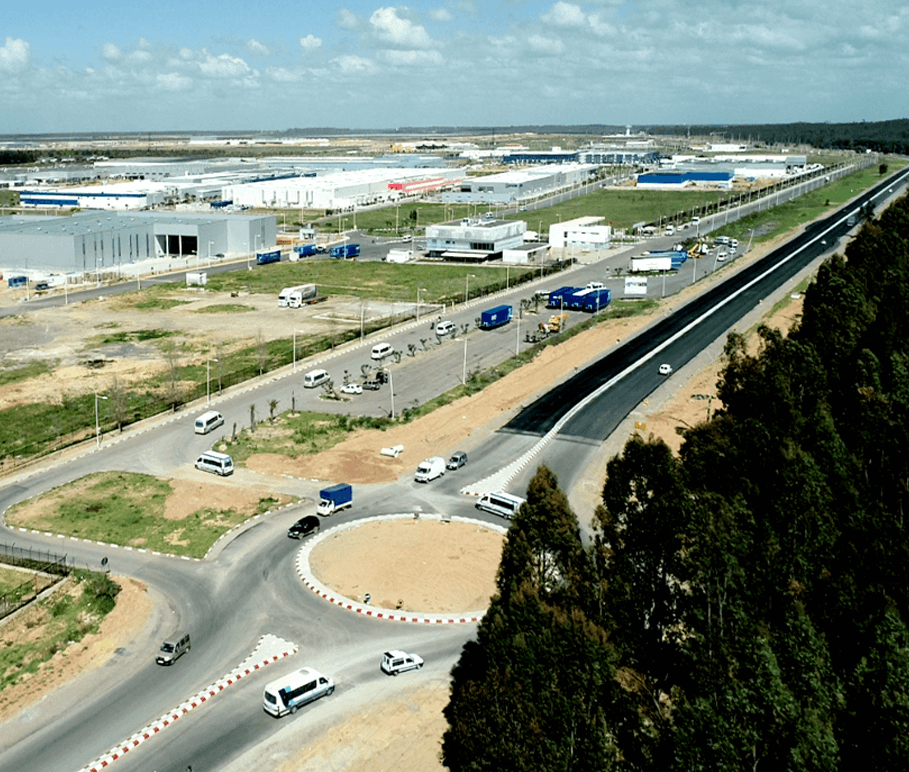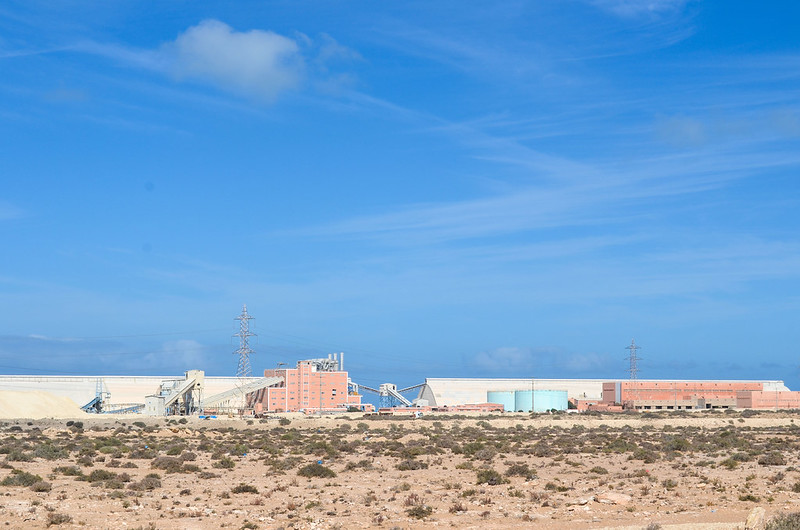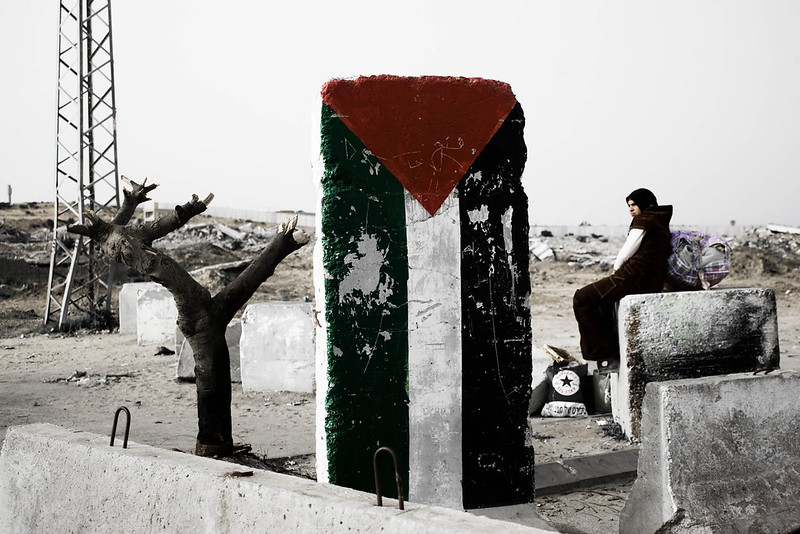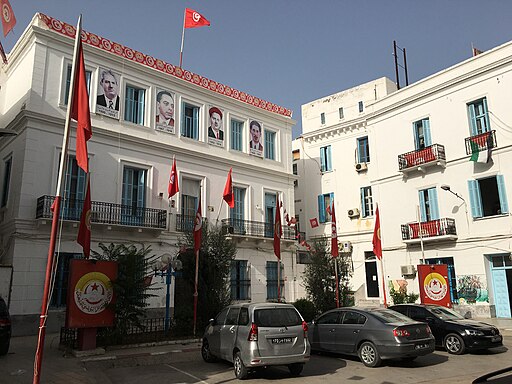Noria Research is an independent research center dedicated to the production, promotion and dissemination of field research in international politics
Call for grants
The call for applications for the 2025-2026 grants is now open!
Our Research Programs
Latest publications
-

Middle East & North Africa
Against FIFA 2030 or Dependent Capitalism? The Thread between GenZ Revolt and Morocco’s Subordination in the Automotive GVC
-

Middle East & North Africa
Devalued Money and Depleted Resources: The Ecological Consequences of Monetary Policy in North Africa
-

Africas
Corona from Below: Field Notes from Everyday Life in Eastern Cameroon During the Covid-19 Pandemic
-

Middle East & North Africa
Global Gaza: The Political Economy of Genocide
-

Middle East & North Africa
Breaking What Remains of Intermediation: Saïedism in Late 2025
Join the team
Researcher or student ?
Take part in our activities and programs
Write for us
Publish your research
